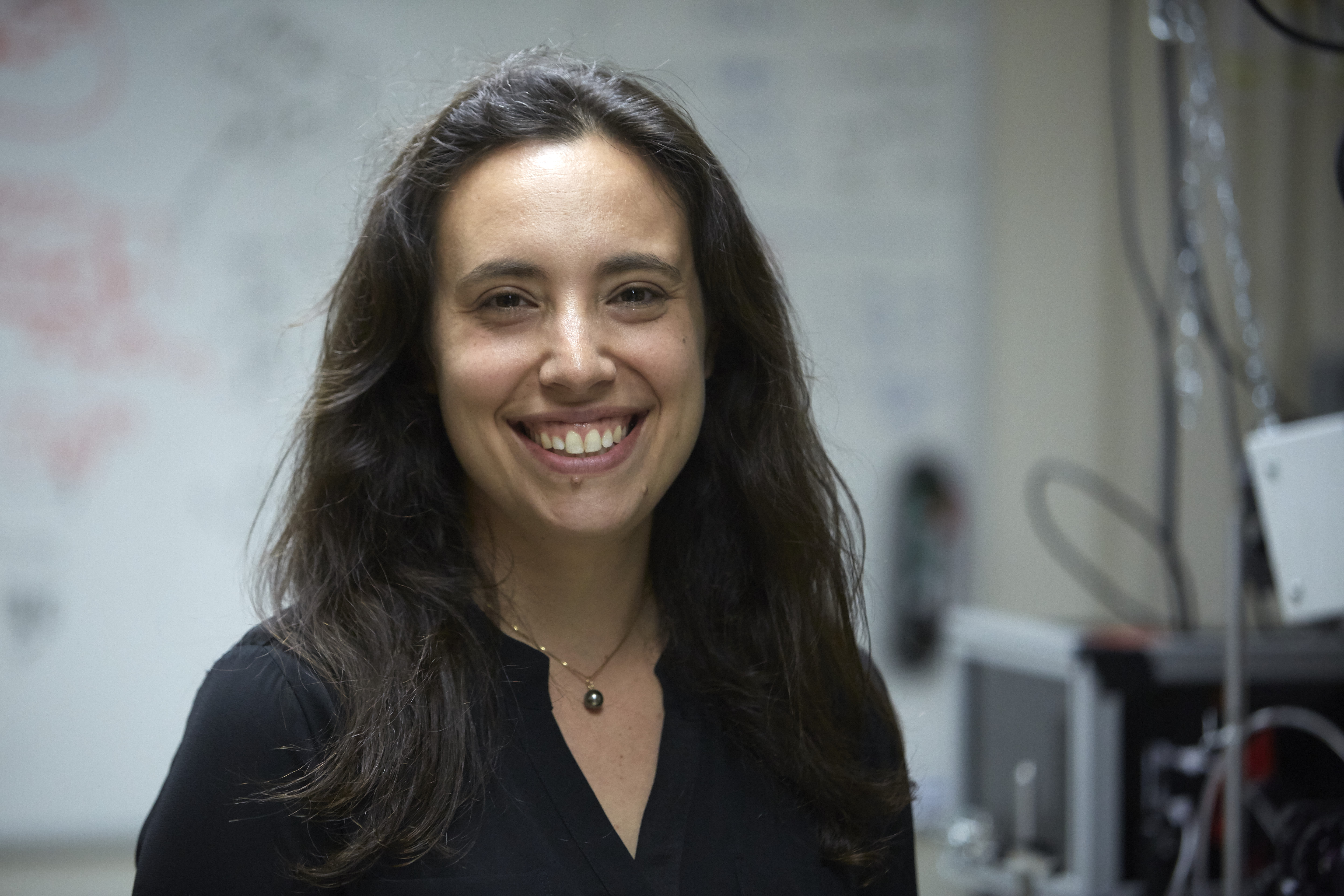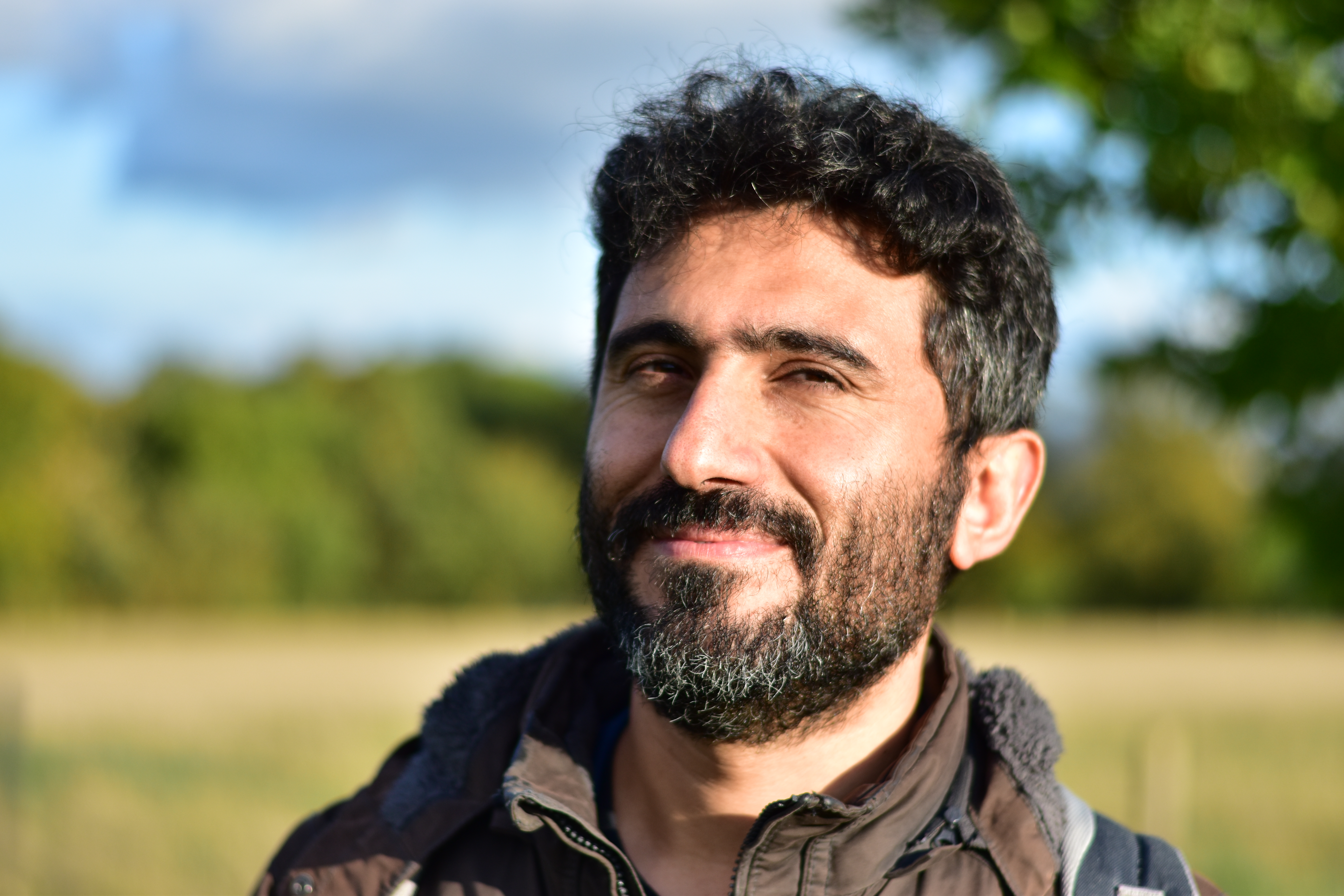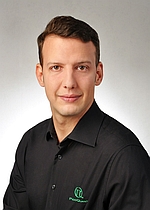The research activities of our speakers are very broad and fascinating. We have gathered brilliant minds from academy and from industry. We are sure every attendee will take home some new concepts and stimulating ideas.
|
Amilra Prasanna (A.P) de Silva Professor of Organic Chemistry at Queens University, Belfast, United Kingdom.
|
||
|---|---|---|
|
With his co-workers, he invented the experimental field of molecular logic. He also established the general research tool of fluorescent PET (photoinduced electron transfer) sensing/switching. His research focus is in these two areas under the umbrella of supramolecular chemistry. Talk: Fluorescent Sensors and Logic Systems |
|
|
|
Gabriela S. Schlau Cohen Associate Professor of Chemistry at Massachusetts Institute of Technology (MIT), United States of America
|
||
|---|---|---|
 |
She was awarded a PhD in Chemistry by the University of California, Berkeley in 2011 under the supervision of Prof. Graham R. Fleming. From 2011 to 2014 she carried out postdoctoral research at Stanford University, USA. She received the Smith Family Award for Excellence in Biomedical Research in 2015, the NIH Director’s New Innovator Award in 2017 and the AAAS Marion Milligan Mason Award for Women in the Chemical Sciences in 2021. Her research focuses on model membranes, ultrafast spectroscopy, single-molecule methods and light-harvesting. Talk: Carotenoid-mediated photophysics in plants |
|
|
Basile F. E. Curchod Assistant Professor in Theoretical Chemistry at Durham University, United Kingdom
|
||
|---|---|---|
|
He obtained his PhD in theoretical chemistry in 2013 at EPFL (Lausanne, Switzerland), under the direction of Dr. Ivano Tavernelli and co-direction of Prof. Ursula Röthlisberger. He was then invited for a short stay in the laboratory of Prof. Clémence Corminboeuf (EPFL, Lausanne). In early 2014, he was awarded an Early PostDoc grant from the Swiss National Science Foundation to join the group of Prof. Todd J. Martínez at Stanford University (USA). In December 2015, he initiated a short postdoctoral stay in the Theory Group directed by Prof. Eberhard K. U. Gross, at the Max Planck Institute in Halle (Germany). He has then been awarded a Marie Curie Research Fellowship to join, in May 2016, the Centre for Computational Chemistry at the University of Bristol (UK), working with Dr. David R. Glowacki. His research focuses on theoretical photochemistry, non-adiabatic dynamics and the theory of coupled electron-nuclear dynamics. Talk: In Silico Photochemical Experiments with Non-Born-Oppenheimer Molecular Dynamics |
|
|
|
Pablo Rivera Fuentes Assistant Professor of Chemical Biology, EPFL, Switzerland
|
||
|---|---|---|
 |
He obtained his PhD degree in chemistry in 2012 from ETH Zurich, working under the supervision of Prof. François Diederich. His dissertation was awarded the ETH Medal in 2013. Funded by the Swiss National Science Foundation (SNSF), he carried out postdoctoral research at the Massachusetts Institute of Technology with Prof. Stephen J. Lippard (2012-2014). He subsequently worked at the University of Oxford with Prof. Harry L. Anderson (Department of Chemistry) and Prof. Christian Eggeling (Weatherall Institute of Molecular Medicine). His research focuses on the development of chromophores for single-molecule imaging, photoactivable probes, molecular logic gates, microfluidics and microscopy. Talk: Chemical Tools for Biosensing with Subcellular Resolution |
|
|
Ji-Xin Cheng Moustakas Chair Professor in Photonics and Optoelectronics, Professor of Biomedical Engineering, Electrical & Computer Engineering, Chemistry, and Physics at Boston University, USA
|
||
|---|---|---|
|
He obtained his PhD from the University of Science and Technology of China in 1998. He is a fellow of the American Institute of Medicine and Biological Engineering (AIMBE) since 2014 and of the Optical Society of America since 2019. He received the Purdue University College of Engineering Research Excellence Award in 2016, the Ellis R. Lippincott Award from OSA, Society for Applied Spectroscopy, Coblentz Society in 2019 and the Pittsburgh Spectroscopy Award from Spectroscopy Society of Pittsburgh in 2020. His research focuses on molecular spectroscopic imaging techniques, label-free microscopy, medical photonics, neurophotonics, cancer metabolism and photonics applied to the treatment of infectious diseases. Talk: Watching life at molecular level through advanced chemical microscopy |
|
|
|
Erdinc Sezgin Assistant Professor in Biophysyics at Karolinska Institutet, Sweden
|
||
|---|---|---|
 |
He was awarded a PhD by the International Max Planck Research School in 2012 working under the supervision of Prof. Petra Schwille. He then carried out postdoctoral research at Max Planck Institute of Cell Biology & Genetics (2013-2014) with Prof. Kai Simons. He worked as an EMBO postdoctoral fellow (2014-2015) and as a Newton fellow (2018-2019) both at the University of Oxford, UK. His research focuses on super-resolution spectroscopy techniques, cell membrane structure and dynamics and lipoprotein-cell interactions. Talk: Nanoscale biophysical properties of plasma membrane and how to measure them |
|
|
Eric Vauthey Professor of Physical Chemistry at University of Geneva
|
||
|---|---|---|
|
Eric Vauthey received his PhD from the University of Fribourg in 1989 under the supervision of Profs. Paul Suppan and Edwin Haselbach. He carryed out posdoctoral research at the Royal Institution and the Imperial College in the group of Prof. David Phillips and later at the ETH in Zürich in the group of Prof. Urs Wild. His research focuses on ultrafast photochemistry and photophysics Talk: Probing liquid and biomimetic interfaces with surface second-harmonic generation |
|
|
|
Dr. Silvia Letasiova Senior scientist and manager director at MatTek Slovakia
|
||
|---|---|---|
 |
Talk: Biotechnologically reconstructed human tissue models addressing requirements of regulators in toxicity testing of chemicals, cosmetics, ingredients and formulations. Since reconstructed human tissue (RhT) models closely mimic native tissues, they can be used for reliable estimation of hazard and risk related to human health. Tests with RhT models for topical toxicity testing are cost-effective and deliver faster and more reproducible results than many of the traditional in vivo assays. Their characteristics can be precisely controlled by established Quality Assurance procedures to insure long-term reproducibility, which is important in the regulatory toxicology. RhT-based assays for skin and eye irritation/corrosion and phototoxicity testing are validated and regulatory accepted at the OECD TG 431, 439, 492, and 498. A number of in vitro RhT-based methods have completed pre-validation testing ( genotoxicity) or are ready to enter the pre-validation process in the near future. They enable testing without excessive need for laboratory animals, which is of great importance for REACH as well as for EU cosmetic legislation. This presentation will describe currently available RhT-based assays for topical toxicity testing. Approaches to the development, validation and implementation of these assays into regulatory systems and testing strategies will be discussed. |
|
|
Dr. Fabian Jolmes Team leader, Application Specialist Microscopy at PicoQuant
|
||
|---|---|---|
|
Talk: Visualizing dynamic processes with rapidFLIMHiRes, the ultra fast FLIM imaging method with outstanding 10ps time resolution Fluorescence Lifetime Imaging (FLIM) is an essential tool in Life Sciences, but up to now users had to choose between high timing precision or fast data acquisition when using Time-Correlated Single Photon Counting (TCSPC) electronics. Our approach, named rapidFLIMHiRes, allows recording several FLIM images per second with a temporal resolution of 10 ps. The method combines advances in fast scanning, hybrid photomultiplier detectors, TCSPC modules, and correction algorithms to reduce decay curve distortions. Thus fast processes can be observed with the high optical and temporal resolution achievable in confocal microscopy at a rate of several frames per second. |
|
|








